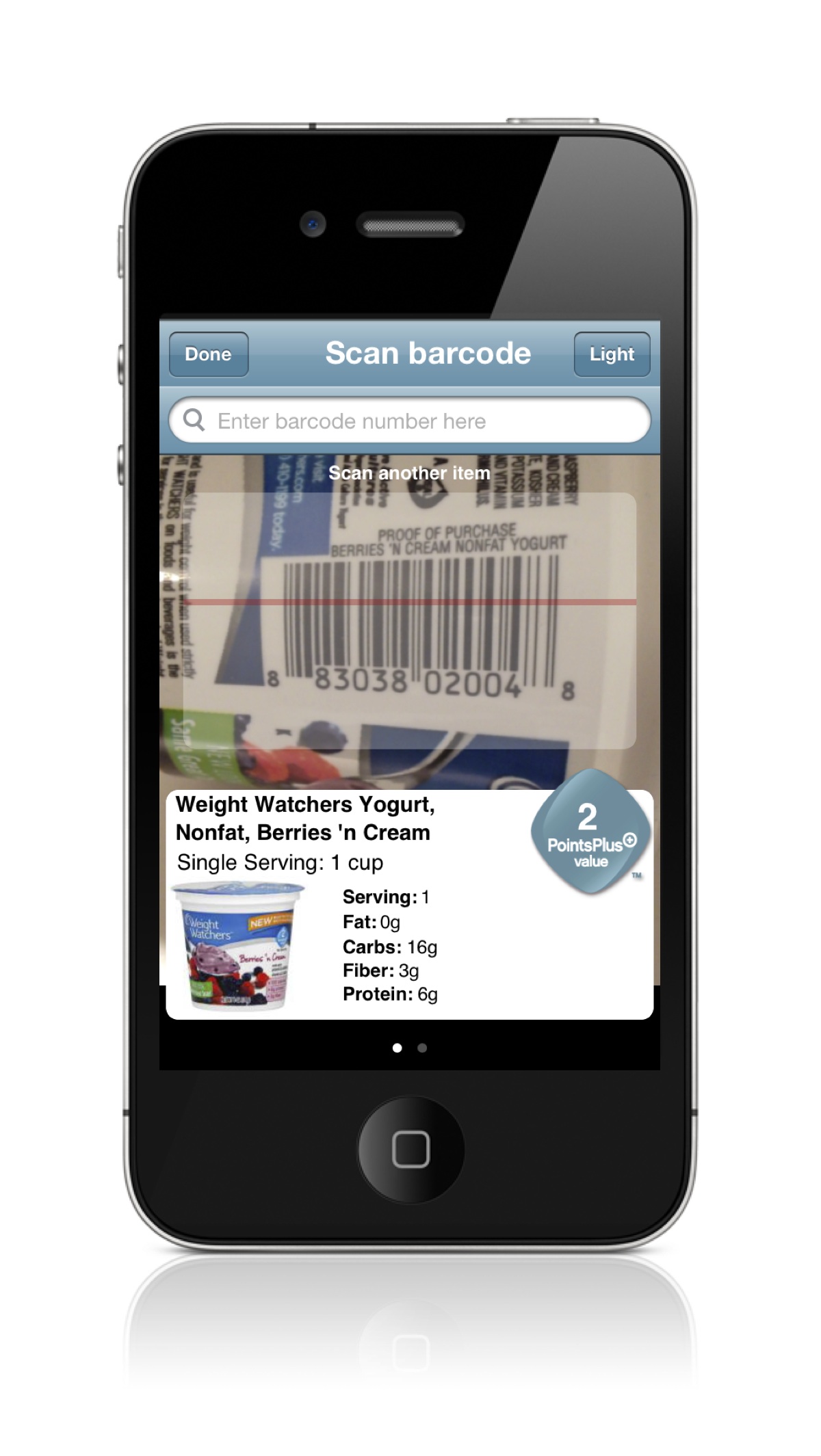Self-Tracking for All: An Interview with Tom Futch of Weight Watchers
By Annie Case
Tom Futch is the Vice President of Health Solutions at Weight Watchers. We asked him about their new corporate wellness initiatives and how they have found success in integrating technology into their programs. Here’s what he had to say:
Rock Health: How did you end up in your current role at Weight Watchers?
Tom: I’ve been in healthcare for over 20 years, and I saw that the market is going to preventative health and towards getting ahead of this issue of chronic disease management. When I learned that Weight Watchers had this B2B business, I searched them out. It was an incredible opportunity to be partnered up with the world’s premier weight management solution in trying to help employers tackle this issue. My feeling is that if you don’t take care of this issue in the workplace, with as much time as we’re all spending at work, you really aren’t addressing the issue.
Rock Health: How has Weight Watchers successfully introduced self-tracking to such a wide audience?
Tom: Tracking is a critical part of our program. It teaches the individuals to understand what they might have glossed over in the past. They start to understand what changes they need to make during their day. This self-tracking is done in a number of ways; some members like to do it manually, writing down what they eat and their physical activity, while others prefer to use electronic tools (for example, tracking how much weight they have lost week by week on the iPhone). There are multiple ways that people can choose to do this, but we’ve found that our most successful clients have really instituted this self-tracking into their daily lifestyle because it really provides them with visibility about what they are doing every day in a way that they hadn’t had before.
 Rock Health: How did you come up with the PointsPlus framework, and what has that added to your program?
Rock Health: How did you come up with the PointsPlus framework, and what has that added to your program?
Tom: At Weight Watchers we really felt that making tracking as simple as possible within our clients’ daily lifestyle was critical. Lean proteins, fruits, and veggies are fewer points, which guides our clients towards those healthier choices. Eventually those choices just become part of their lives.
Rock Health: What types of tools or technologies does the Weight Watchers audience use most frequently?
Tom: Our clients primarily use e-tools, which are the online companion to our meetings. When you go to a meeting, you get that service during the meeting (either a traditional, community-based one or an at-work one) but then our e-tools give you the ability to carry that information with you. They are designed to complement the meetings, but not replace them. For example, some of the more popular tools are the things like the tracking apps (food, weight, physical activity) and others like the recipe builder where you can start to see what the PointsPlus value would be for what you want to cook. These sites are specialized and personalized with content directed at your specific demographic. Having these tools online allows you to use those teachable moments throughout your day.
Rock Health: What are the benefits to corporate wellness initiatives compared to those that are individually initiated, oriented, and supported?
Tom: With corporations, we are really trying to work top-down to help the companies achieve their goal of a healthier workforce using our proven methods. That requires a corporate approach across the organization, where the company will oftentimes subsidize for our program and we will integrate our marketing with their overall health and wellness initiatives. We see great success with our individual oriented and supported programs as well, but on a lesser scale.
Rock Health: What else has Weight Watchers done that has enabled it to be so successful?
Tom: Our infrastructure allows us to communicate directly with the company’s employees beyond what many other organizations out there can do. There are other online programs that might be available to corporations for wellness and of course you can try to push an online program across a population, but our infrastructure really allows us to go face-to-face anywhere in the country with an organization. That is kind of unmatched, because we really are anywhere that our clients are located so that face-to-face interaction becomes possible in addition to our online tools.